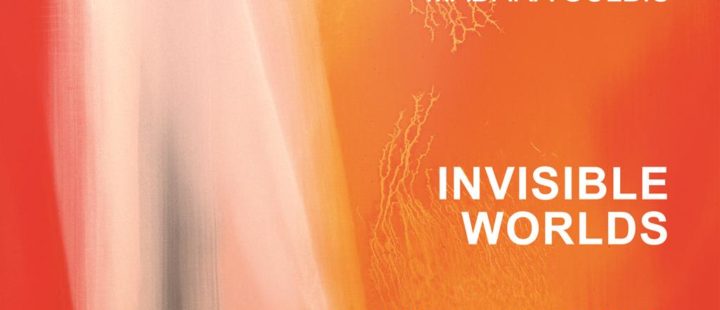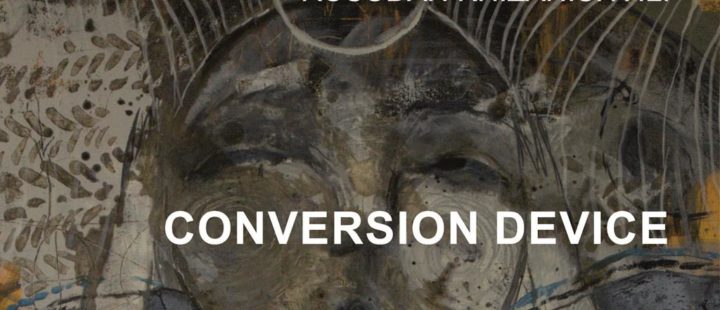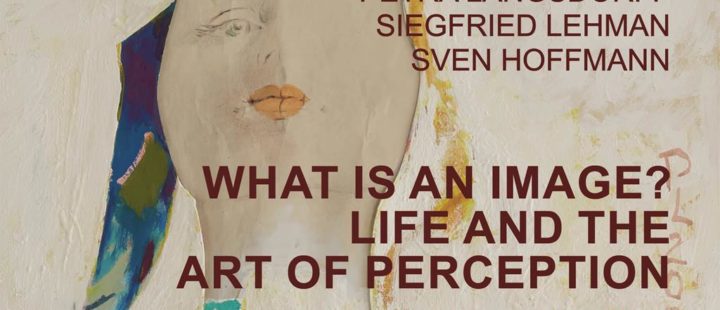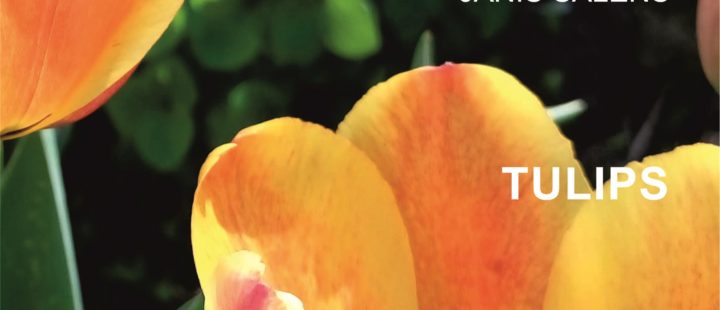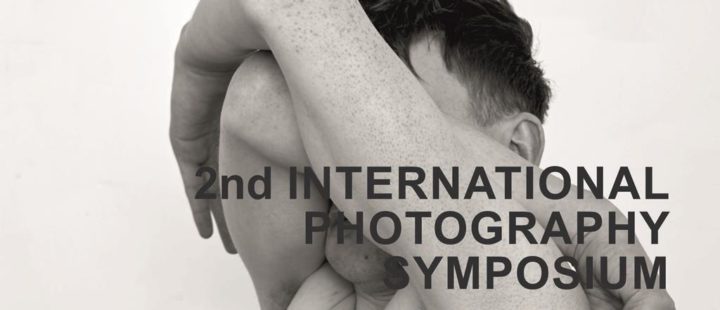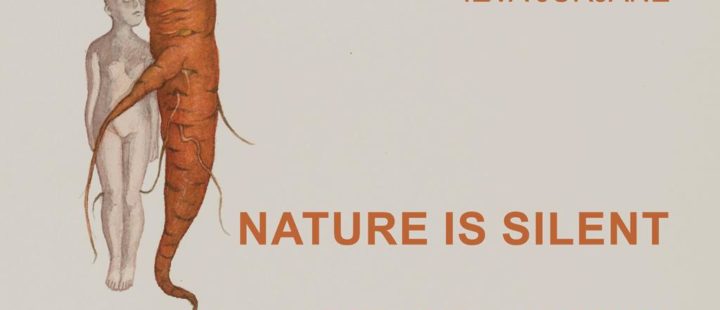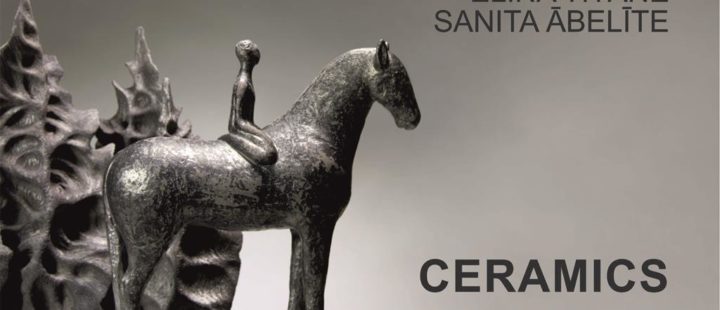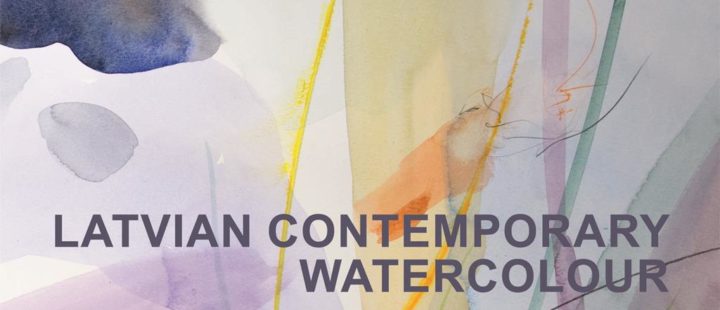Archive
Madara Gulbis. Invisible Worlds
- - 24.06.2018
The paintings by Madara Gulbis are a realm of their own, where Colour rules supreme. One might be tempted to say that they are completely devoid of reality, but such an assertion would mean that the world consists exclusively of matter, which we well know not to be the case. The paintings by Madara Gulbis are packed with natural impressions and emotions. The impulse for their creation comes from directly captured fragments of reality. Speechless: New Visual Semantics
- - 24.06.2018
This exhibition covers Rusudan’s work for 2017 through 2018. She has been painting since she consciously came into this world. Her canvases are colouristically enlivened depictions of her life, manifestation of her dreams, emanation of her thoughts and footprints of her raw, jarring emotions. Rusudan has participated in 2015 Venice Biennale and numerous personal and group exhibitions in the West. She lives and works in Georgia. On the Side of the Sun. Testament to Time by Uldis Briedis
- - 24.06.2018
The essence of Uldis Briedis’ photographic archive is measured in time and not size. His path as a documentarian has crossed several time zones – the Soviet period, the National Awakening, the chaos of the 1990s, our current time and something else rather unfathomable to the mind - which I’d like to refer to as congealed time in Siberia. The exhibition at Daugavpils Mark Rothko Centre is going to be the largest show of Uldis Briedis’ work to date, and will feature, as a testimony to time, a significant number of images gathered over 50 years. What is an image? Life and the Art of Perception
- - 24.06.2018
Petra Langsdorff, Siegfried Lehman, Sven Hoffmann
From the time we are born till we die, we are all surrounded by images. Our time is the time of images, whether moving or fixed. From Plato’s doubt about the images we see, the question “What is an Image?” has occupied the minds of philosophers, art historians, etc. and continues to do so today. Does our mind form the images we see, as Kant believed, or is our mind a blank slate on which the images leave their stamp, as Locke thought? As Harald Klinke puts it, “Visual perception involves thinking, and thinking makes use of visual imagery. … Picture-making is […] central to being human. The power of images stems not from the images themselves but from humans, who give them meaning.” (Art Theory and Visual Epistemology, 2014: 5&6) Tulips
- - 27.05.2018
Jānis Salens
May is the tulip season in Latvia. The bright and brilliant blooms stand out in stark contrast against green foliage and delight onlookers year after year, and 2018 is no exception. Although the unseasonably warm weather has slightly shifted the usual tulip season, this exhibition presents an opportunity to step back in time to once again rejoice in the magnificence of these flowers and enjoy their wonderful smell. 2nd international photography symposium
- - 20.05.2018
Photography is a unique means of communication between acquaintances and strangers alike. It also comes in good stead as a way of communicating with oneself.
It can blend astonishing reality with images from our experience.
Daugavpils is big enough to have given participants of the 2nd photography symposium plenty of material for studies of local reality and to have made this experience an exciting adventure. At the same time, the town is also small enough to have enabled each photographer to recap this adventure in a brief but convincing visual narrative.
Let there always be light wherever photographers encounter an emergent image!
Vilnis Auziņš ENCOUNTERING THE SILENCE OF NATURE
- - 20.05.2018
Within the white expanse of this publication and of watercolour paper, alongside miniature porcelain figures, enveloped in elements of nature hides the artist Ieva Jurjāne.
Ieva graduated from the Painting Department of the Art Academy of Latvia and in the last twenty years has organized a dozen personal exhibitions, created illustrations for magazines and children’s books, as well as worked on a number of animations. Ieva’s name is often heard in relation to the world of film and opera. Ieva has been passionate about sceonography and costume design since graduating from the academy, and the meeting of these spheres has always given the artist the opportunity to express herself in both grandiose and miniature format works. VALENTINE’S DAY
- - 08.04.2018
A visual story, drawn from the collection of Daugavpils Mark Rothko Art centre, about today and yesterday from today’s perspective.
Do we know more than we can know? CERAMICS
- - 08.04.2018
SANITA ĀBELĪTE
ELĪNA TITĀNE
Full moon – that is how two outstanding artists, Elīna Titāne and Sanita Ābelīte, describe their exhibition. Full moon was shining during a ceramics residency that had the artists live and work side by side at Daugavpils Fortress. Coincidentally, full moon was also shining whenever Elīna Titāne and Sanita Ābelīte returned to Daugavpils later on. As it happens, even the opening of the artists’ joint exhibition occurs with a full moon casting its light upon their work. LATVIAN CONTEMPORARY WATERCOLOUR
- - 08.04.2018
Latvian watercolour painting is becoming ever more complex. Its emotional rendering is richly nuanced, and pictorial culture is of key importance.
In this exhibition, watercolour painting represents all aspirations and quests that have emerged in the course of the historical development of this medium, which makes it difficult to give a straight definition to all these phenomena. Instead of clear-cut, rigid notions, we can talk about movement across a continuum. From graphic to pictorial qualities, from lyrical to expressively dramatic traits and so forth. It means that contemporary watercolour painting cannot be reduced to narrow concepts which fall into strictly outlined technical methods. Rather, one should speak, with good reason, of a broad and open watercolour concept with a wide range of techniques for highly expressive rendition. 
